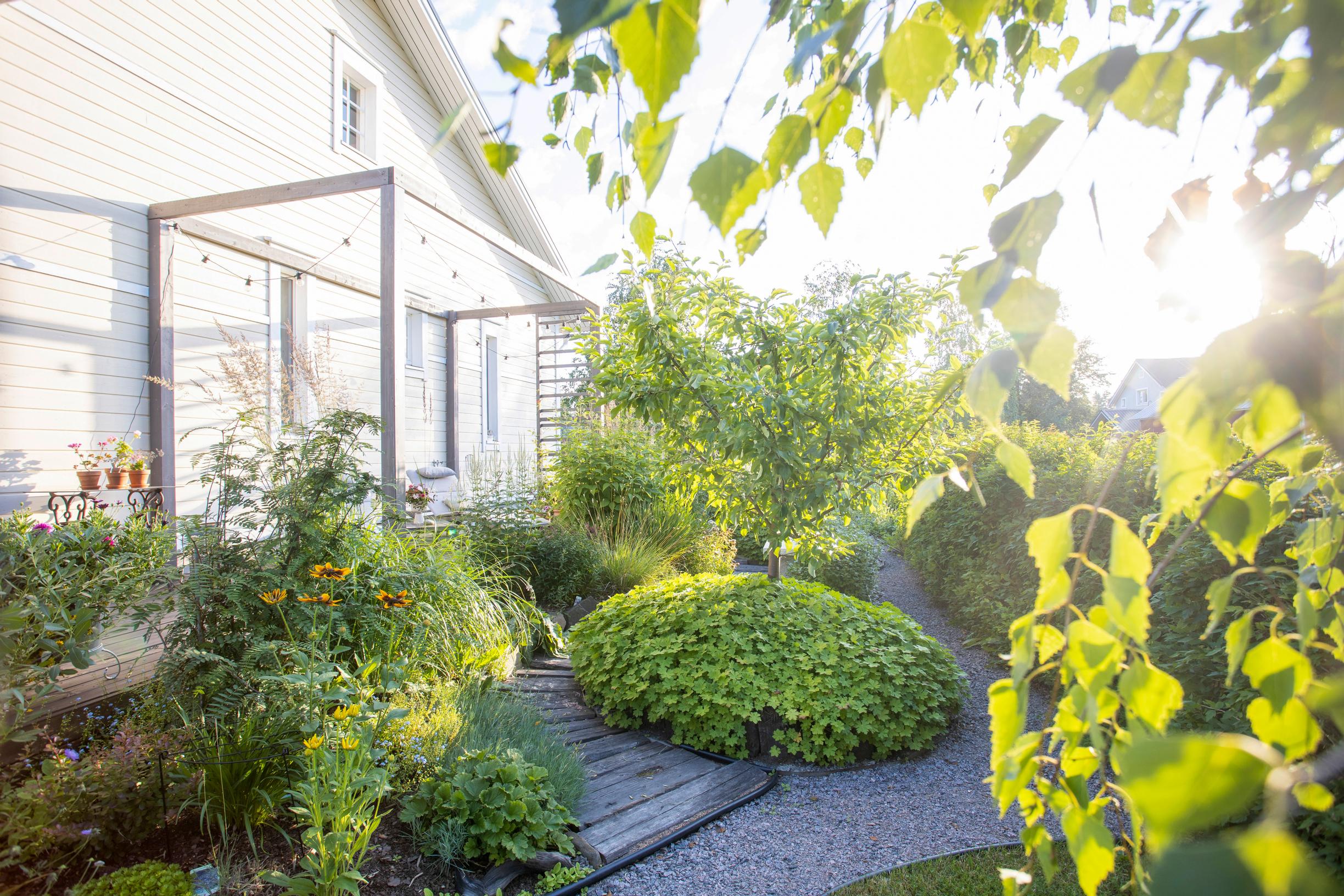
How gardener Heli makes her yard flourish despite clay soil, drought, and harsh winters
Finnish Heli views her garden as a testing ground, fascinated to see which species can thrive in challenging conditions. She mixes delicate plants with foolproof ones, keeping the borders looking lush even if a few timid varieties don’t survive. Check out Heli’s tips at the end—she has also worked as a gardener!
The midday sun scorches so intensely that the small patio at the side of the house becomes almost unbearably hot, with no refreshing breeze. Heli Rajala doesn’t mind, though—she prefers spending time with the garden’s plants rather than lounging in a deck chair.
“I love creating my own environment, doing physical work, and tinkering with all sorts of projects. Before I had a garden of my own, I often weeded my cousin’s place. She was sorry when we moved, because I no longer had time for her vegetable patch,” Heli says with a laugh.
She finally got the garden she had been yearning for in 2010, when her young family needed more space and built a new home on a plot carved out of an old potato field. Before that, the Rajalas lived by the sea at the famous Kalajoki sand dunes. There, Heli had a container garden on the terrace, but it wasn’t the same as having a real garden.
Even though this is Heli’s first real garden, she had a clear design in mind from the start. She earned her first degree in horticulture and has been gardening since childhood. So, she mapped out the placement of the paths before any digging began.
“The stonework has held up well because we laid a proper base. I like to build everything in the garden carefully. A new perennial bed gets the best start if you don’t leave any weeds behind.”
Over time, the planting areas have steadily expanded, taking over land once dominated by the lawn. The newest sections were finished just last fall.
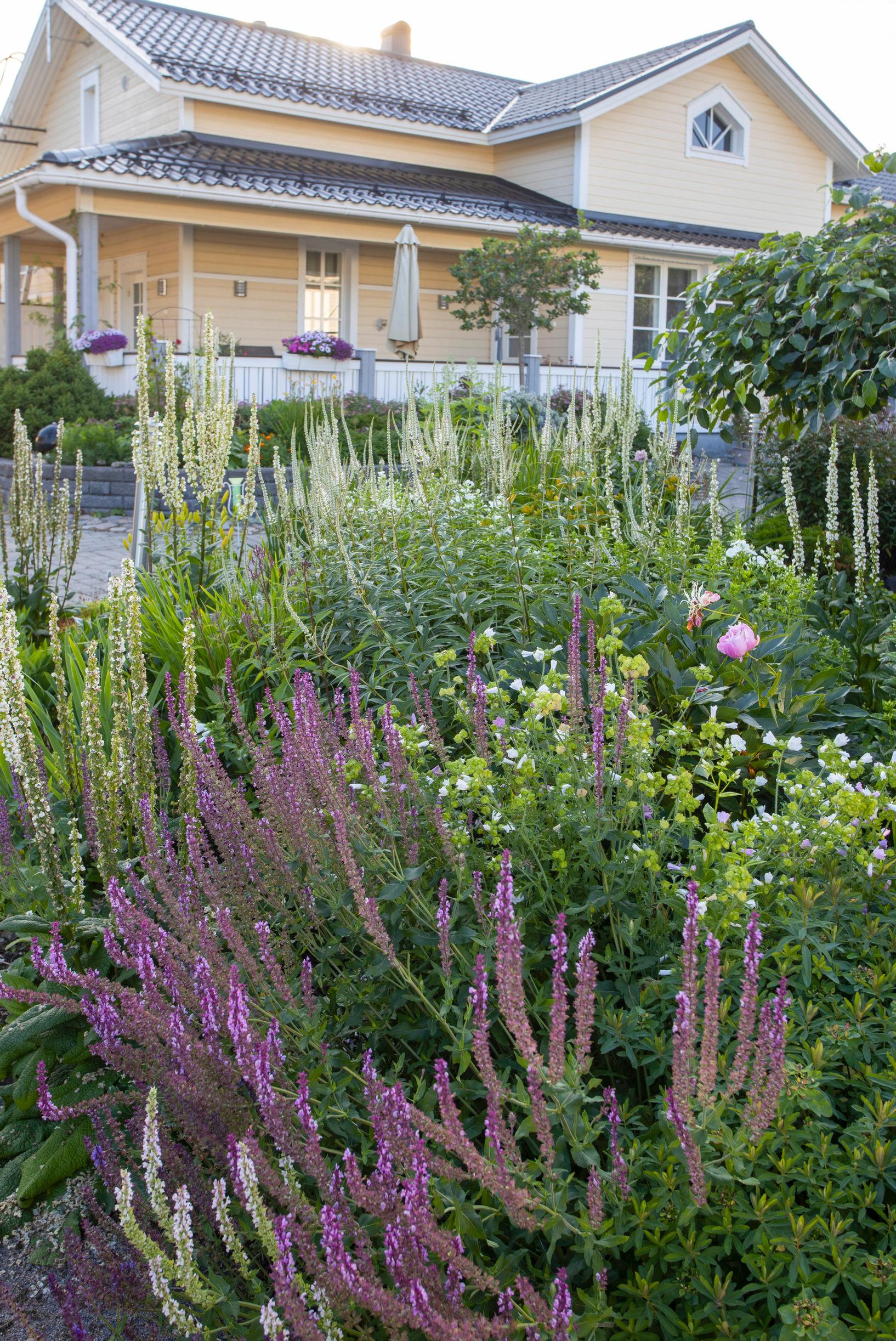
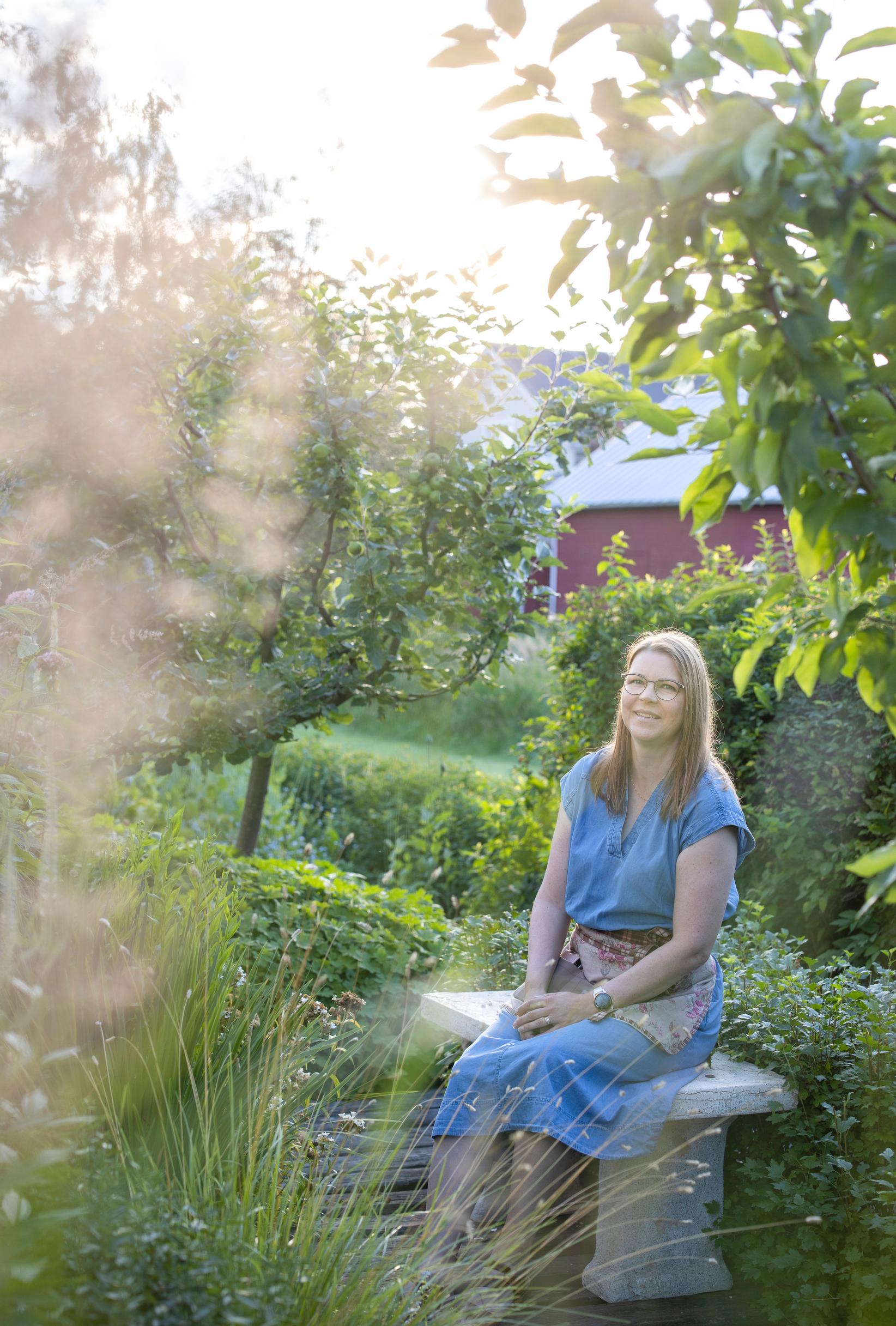
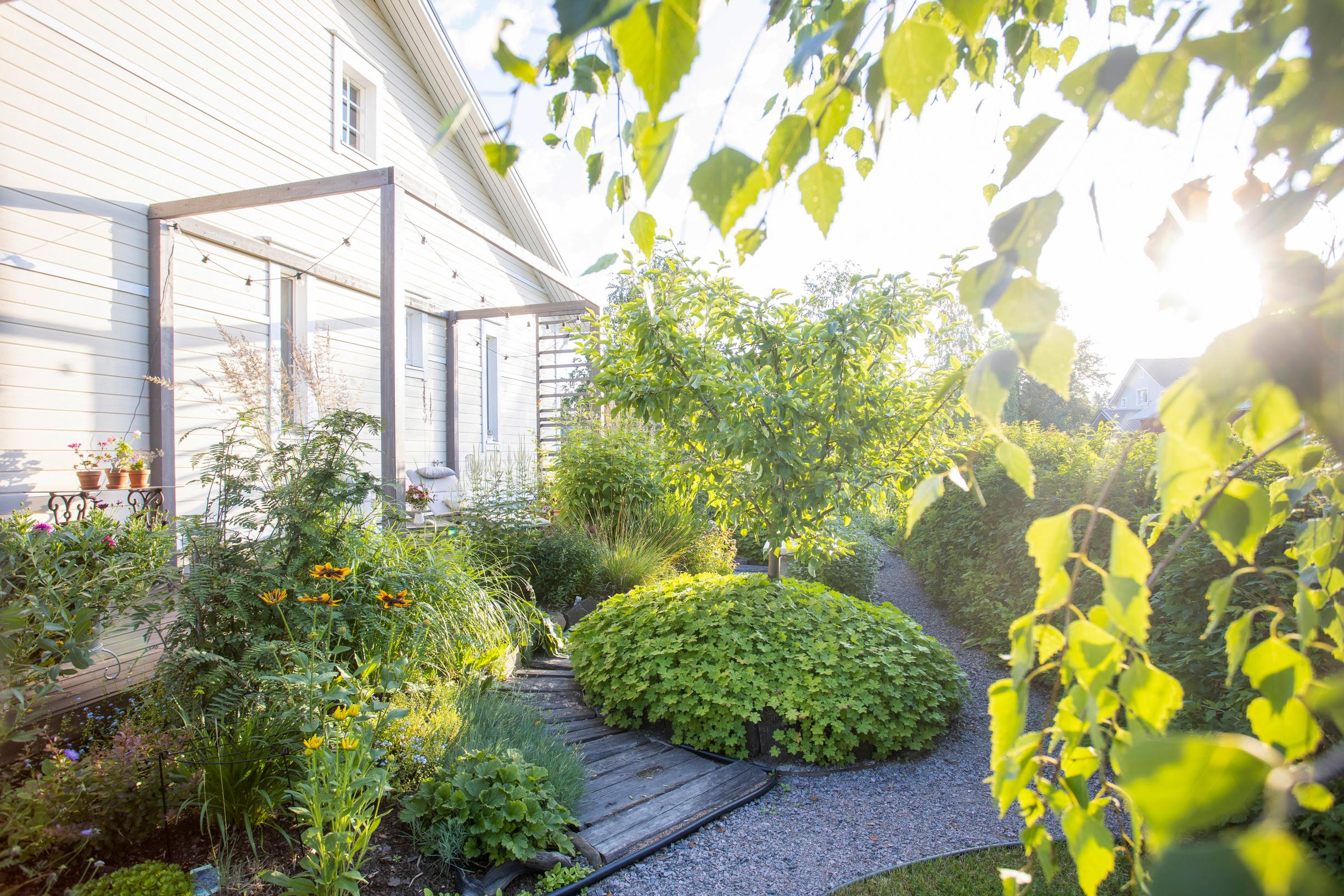
What: Heli’s garden in Kalajoki
Hardiness zone: V (approximately USDA zone 4–5)
Size: about 1300 m² (14,000 sq ft)
Soil: Mostly clay from the old potato field.
Special features: The plants grow in raised beds, so even many sensitive species thrive.
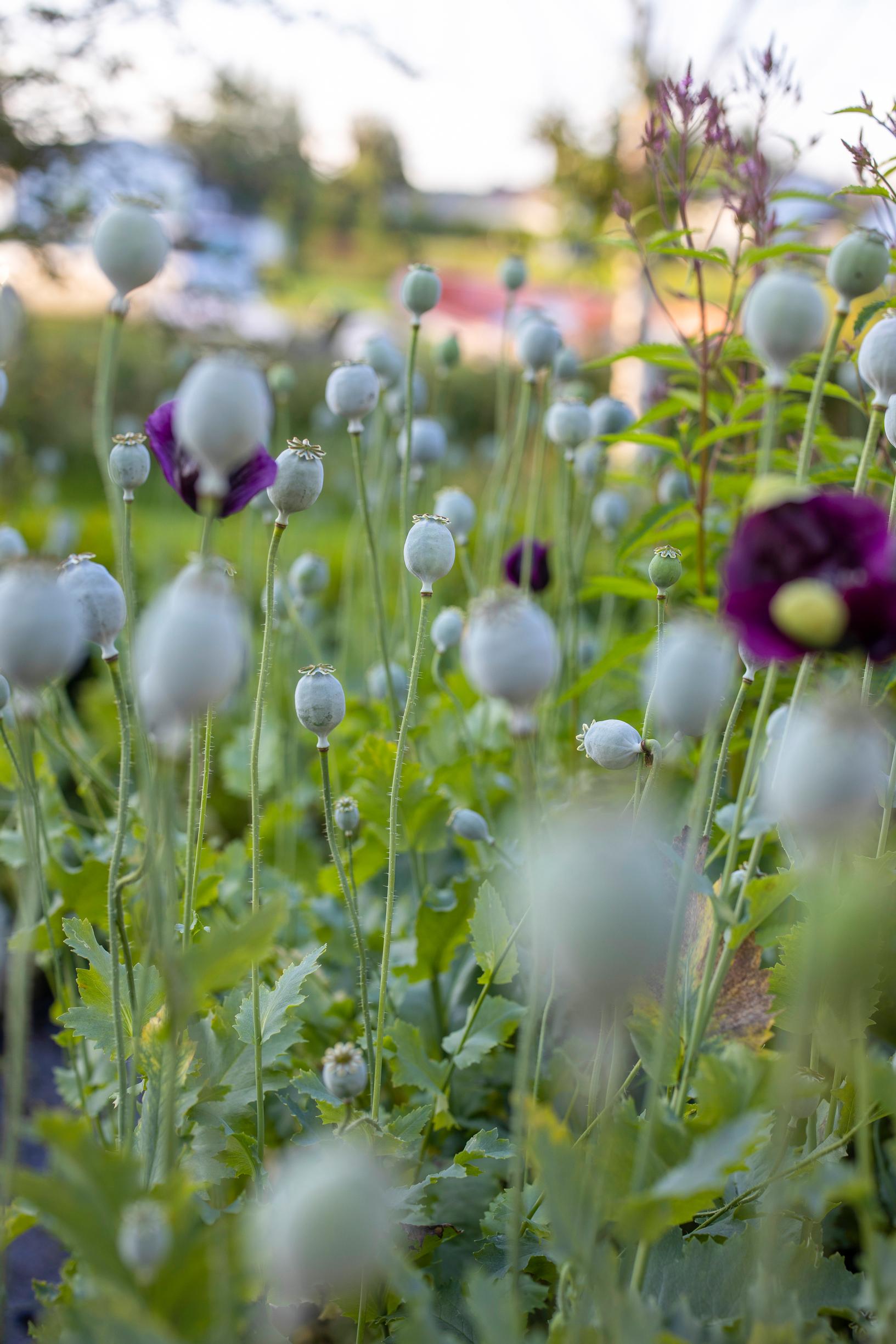
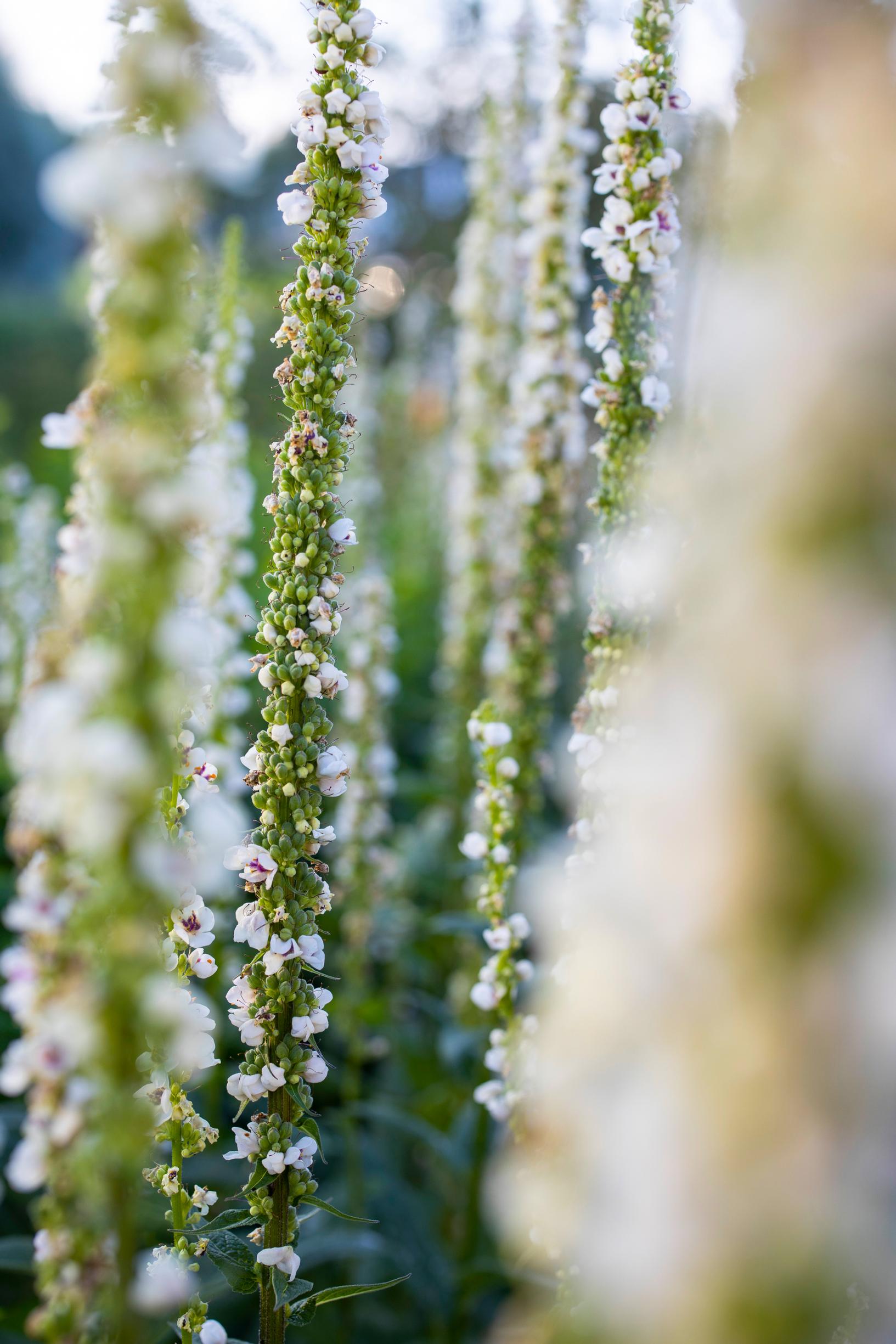
Despite careful planning, the conditions have tested Heli. Rain clouds often pass by without dropping any water, leaving the garden parched in summer. Last May, for example, saw only 2 mm (0.08 in) of rain. Because of the drought, the lawn at the side of the house kept scorching, so the Rajalas finally replaced it with a deck.
Some parts of the soil are extremely clay-heavy, so it bakes rock-hard when dry. Dense clay also doesn’t absorb water well, so if a sudden downpour hits, water can remain on the surface.
“I’ve built raised beds so excess moisture drains off. Planting the seedlings closer together helps reduce evaporation.”
Drought considerations can also be seen in Heli’s plant choices. In the well-draining raised beds, globe thistle, mullein, and bee balm flourish. Oregano and pussytoes work well as low border plants.
The edge of the property stays wetter than the rest of the garden, so even moisture-loving snowball viburnum thrives there. Heli’s go-to variety is the reliably hardy bigroot geranium, which covers the soil effectively.
“I’m not usually a romantic type of person, but in the garden, I find myself attracted to soft, pastel shades. I also like leaves that come in colors beyond green, like red or white.”
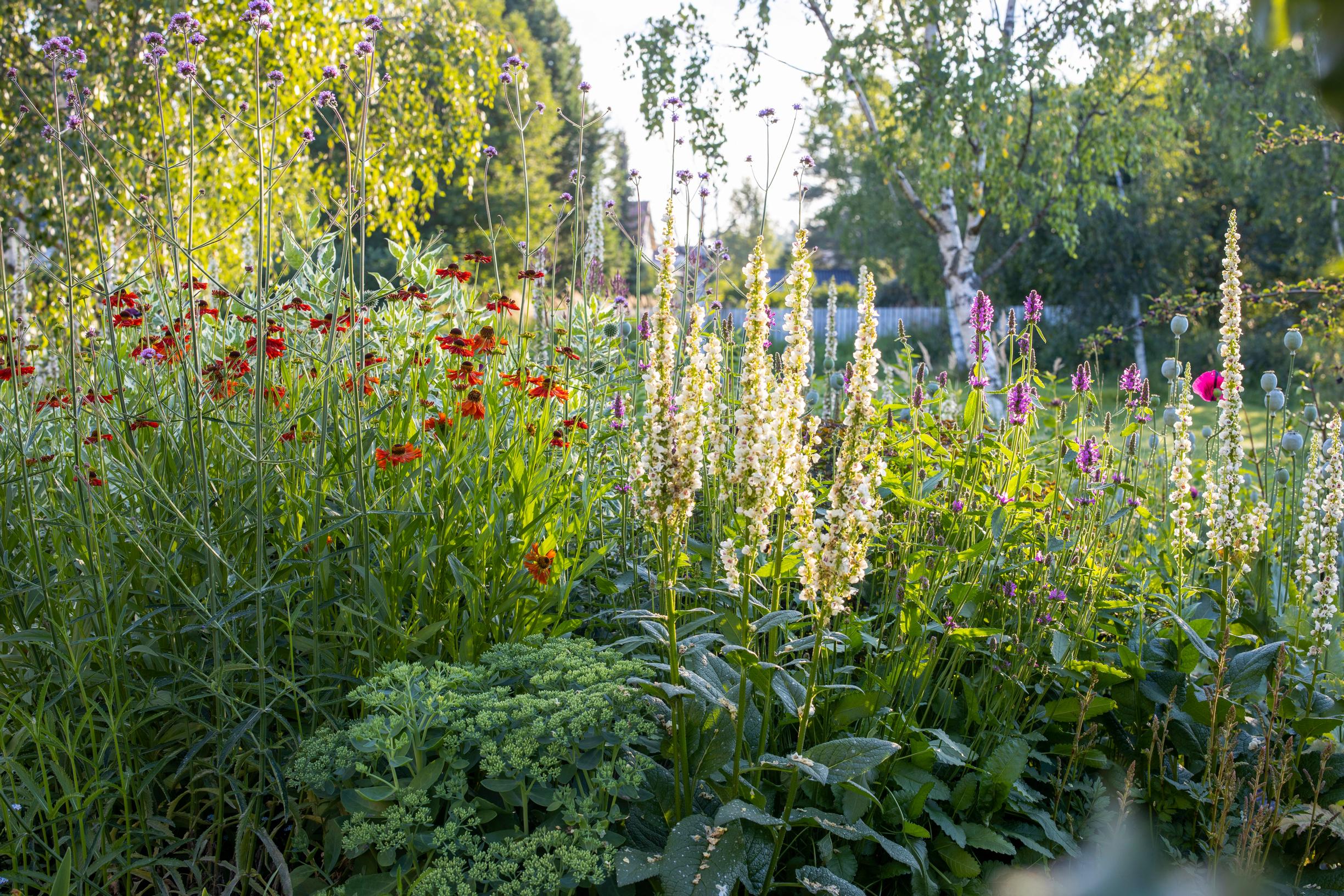
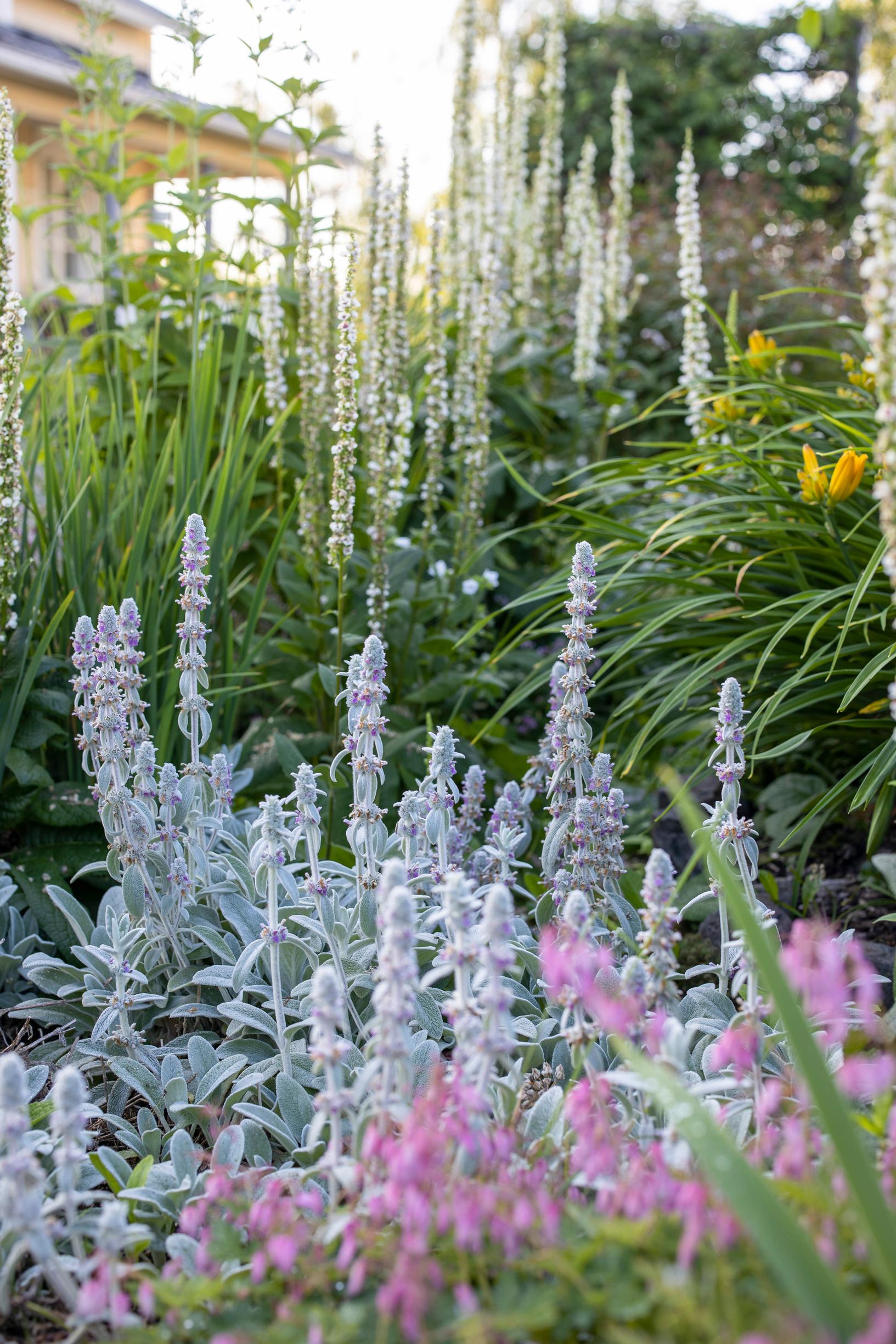
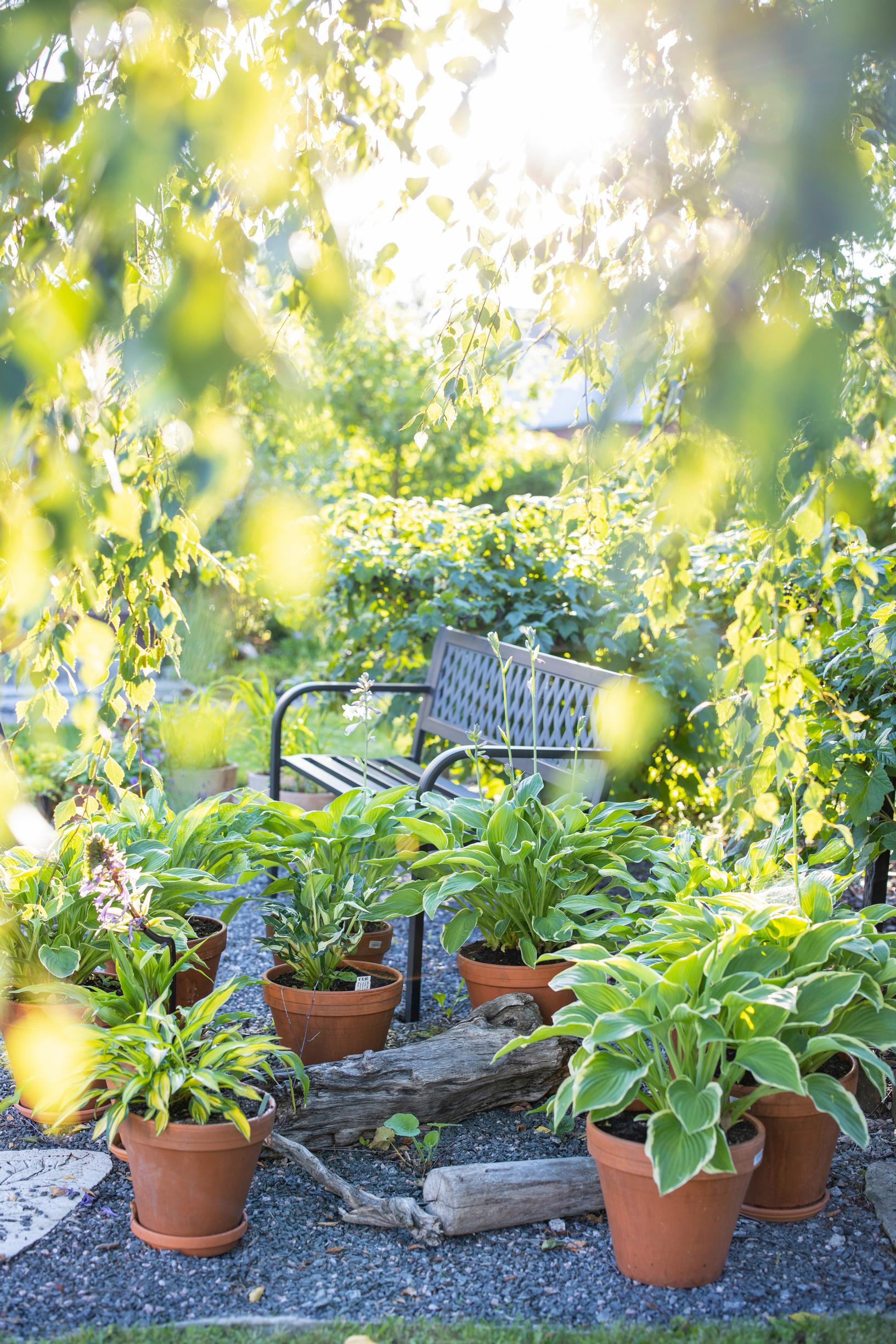
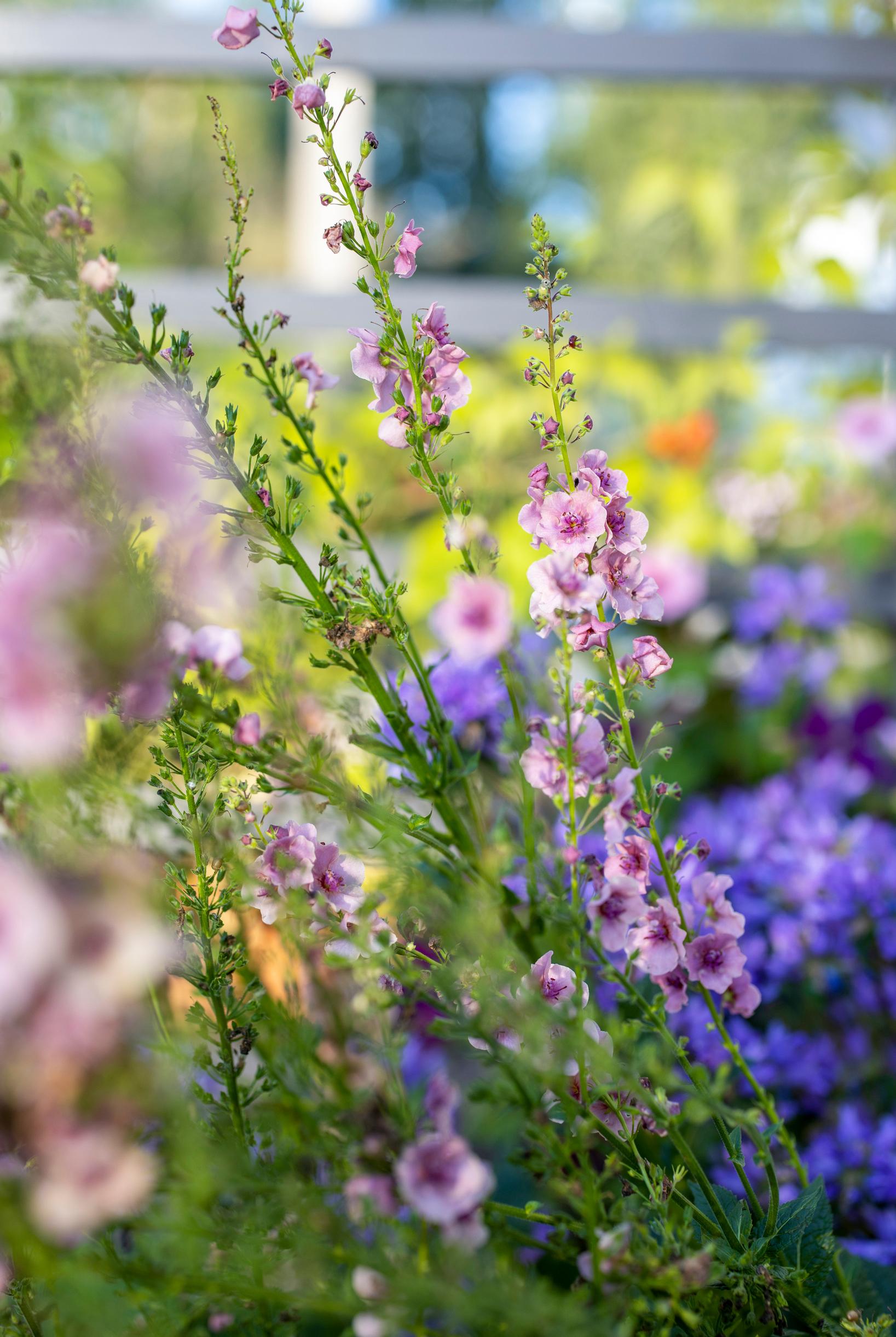
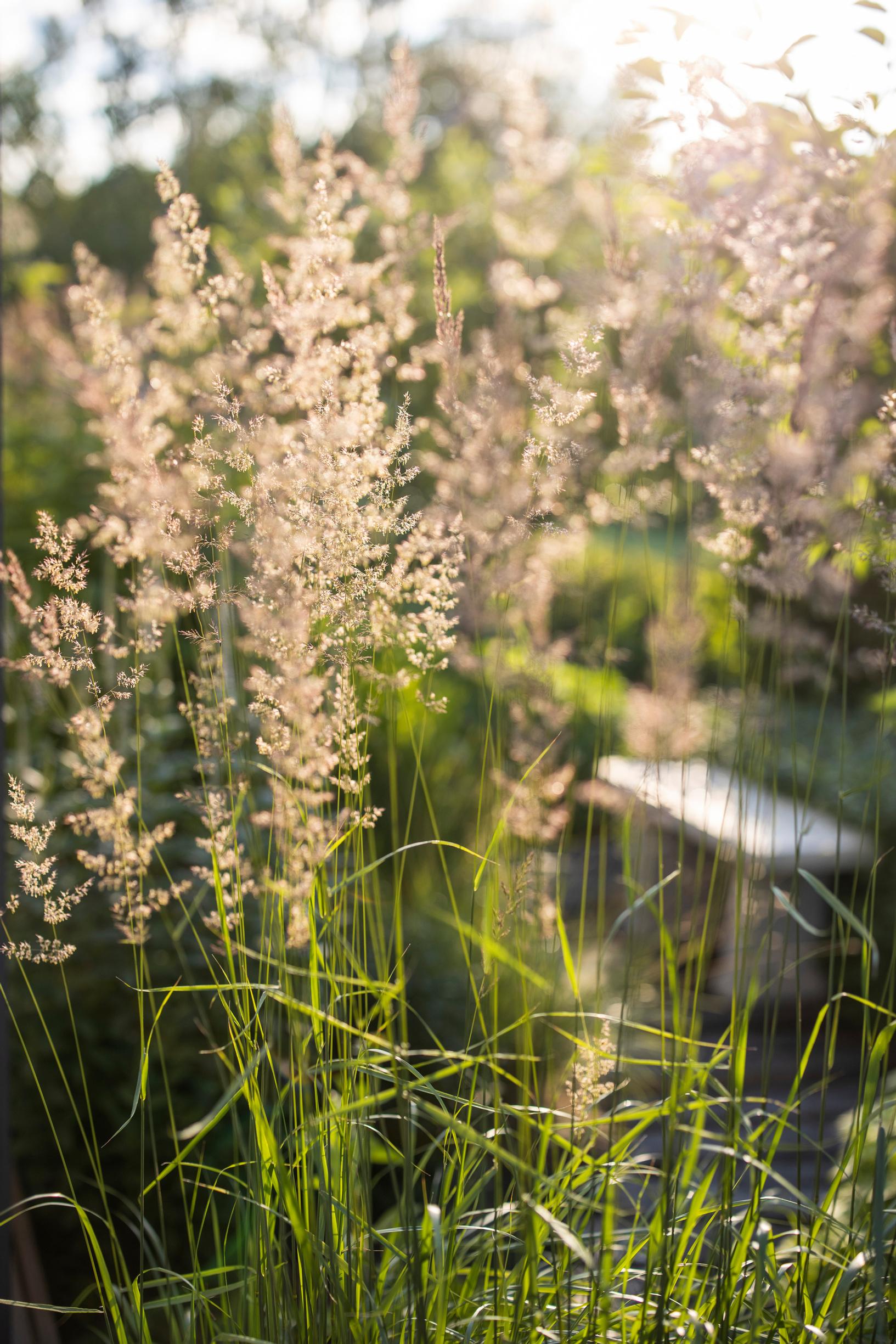
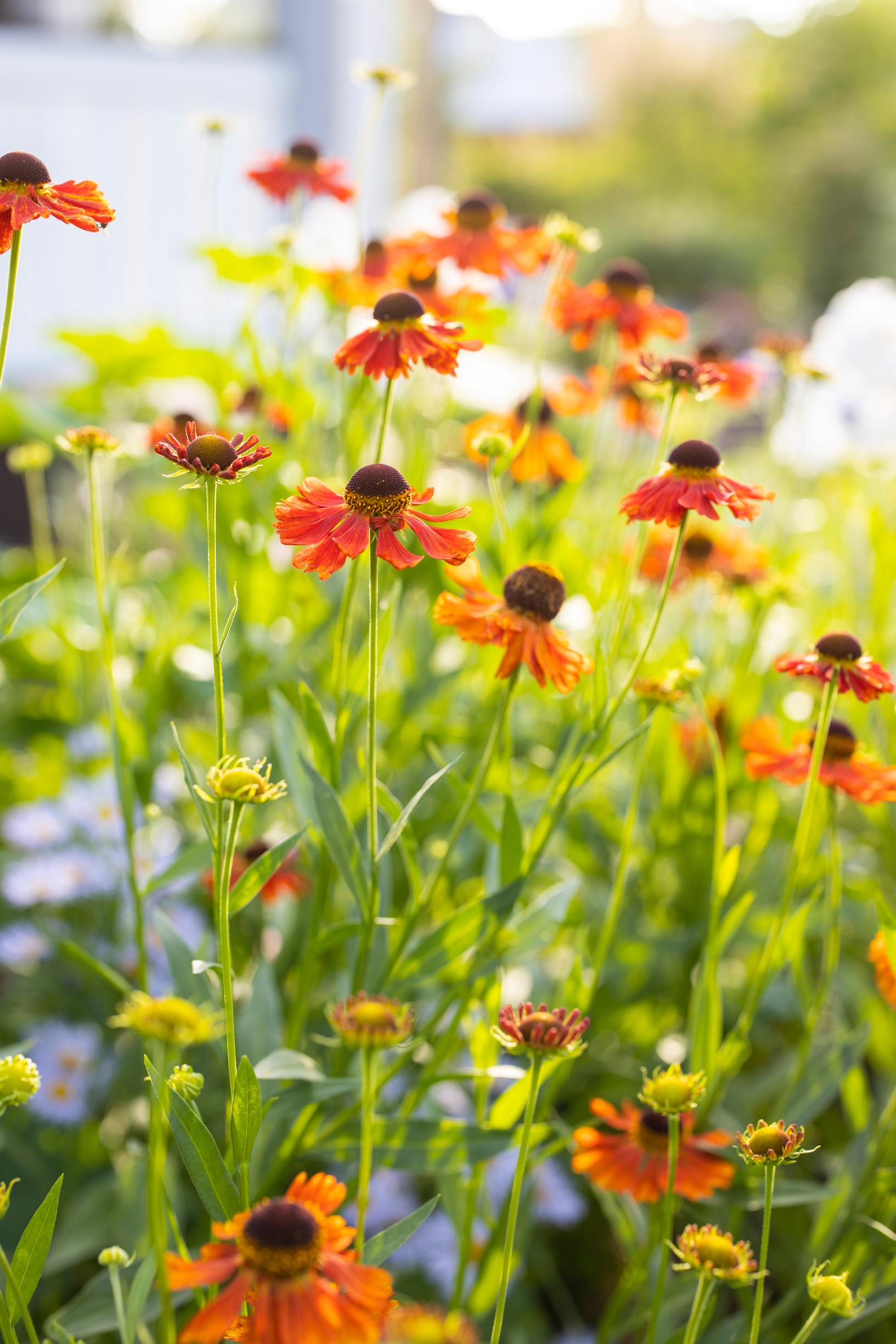
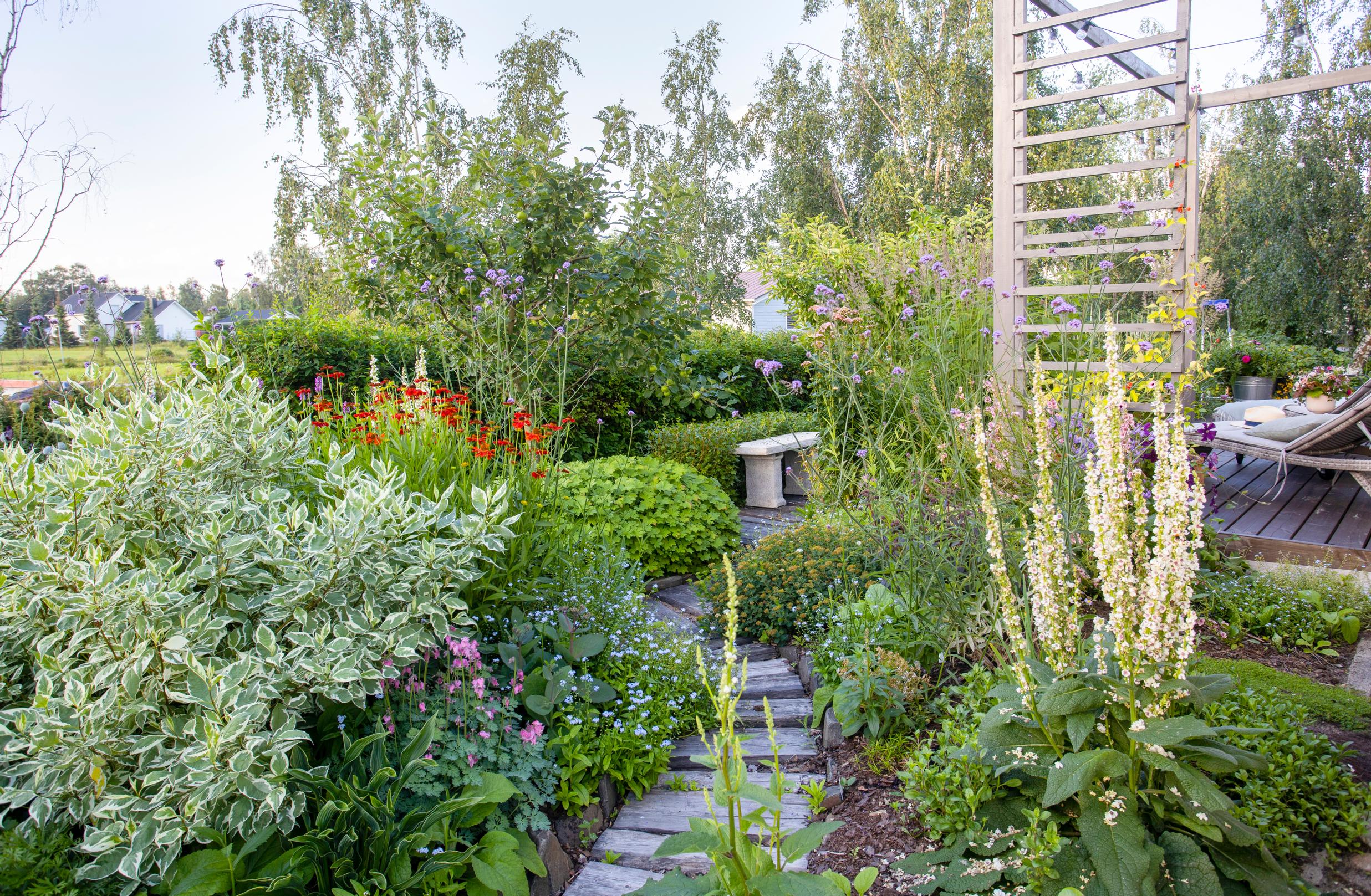
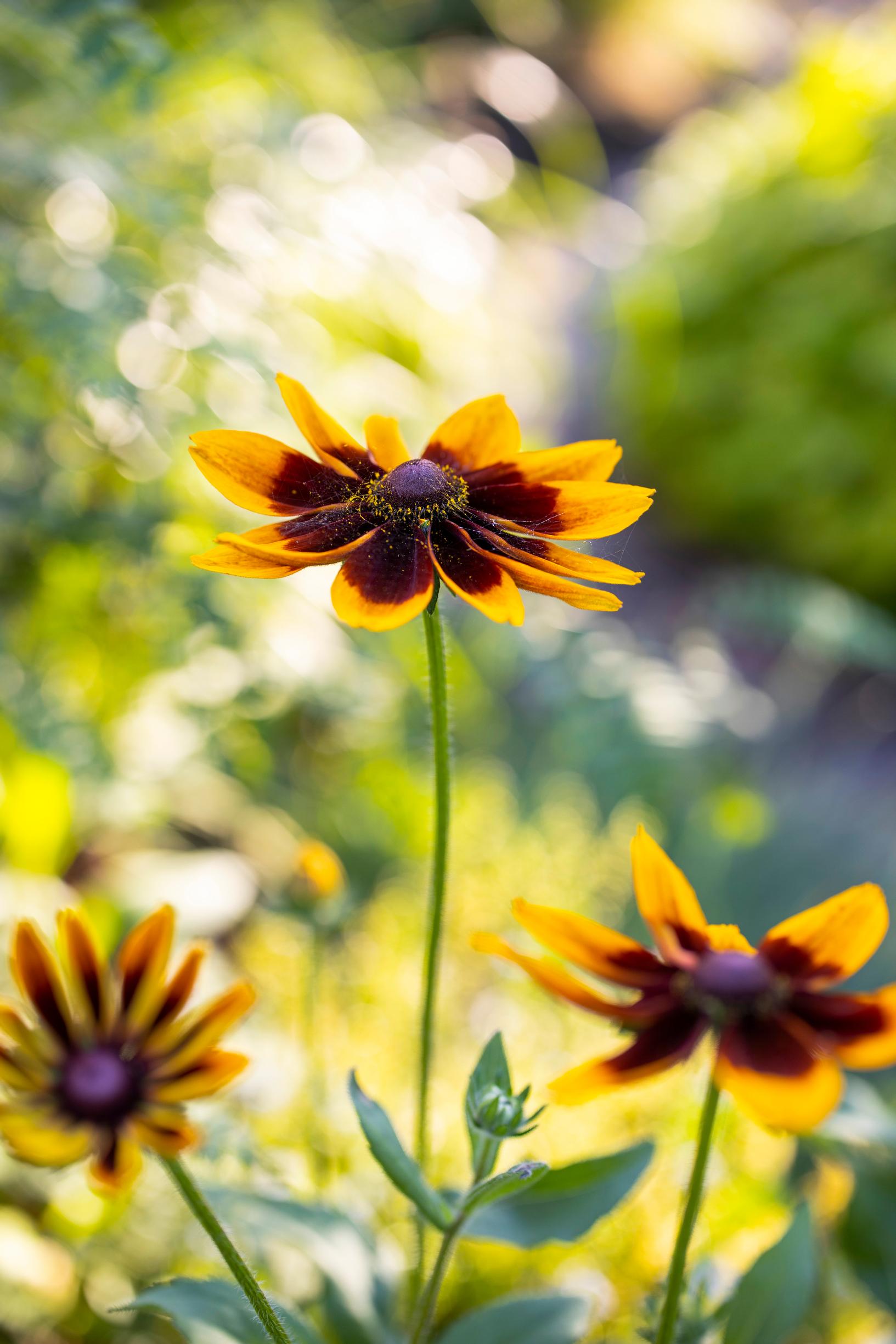
In winter, lack of snow is typical along the Gulf of Bothnia, making survival hard for many species. Heli remembers one shocking year when it was –27°C (–17°F) with no snow at all to shield the plants. That winter, she lost many. Sometimes winter arrives so suddenly that the plants aren’t prepared; one autumn, the apple trees kept their leaves all winter because the cold came on without warning.
Due to the harsh winters, Heli waits until spring to tidy up the flowerbeds. The withered stems protect the roots and collect insulating snow. If the beds were too neat, strong winds would blow the drifts away. Heli only removes stalks from heavy self-seeders, like mullein, before fall.
Pelargoniums, cabbage palms, and tall verbena winter in storage. Heli used to keep her lavender there, too, but in recent years they’ve stayed outside in a gravel bed that remains pleasantly dry, even through winter.
“I think of the garden as an experimental plot. I love seeing how each plant does here. That’s why I don’t have too many of the same ones.”
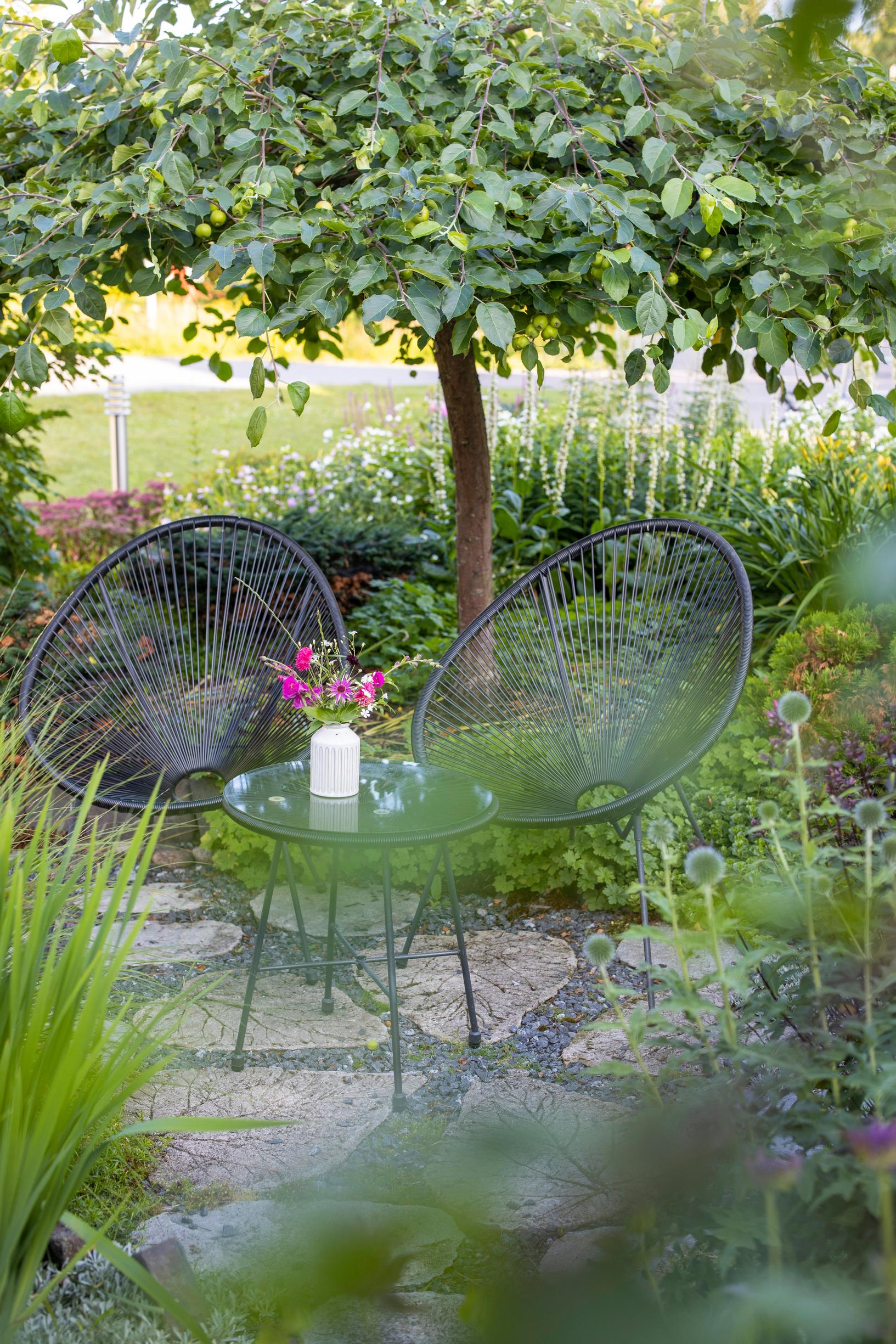
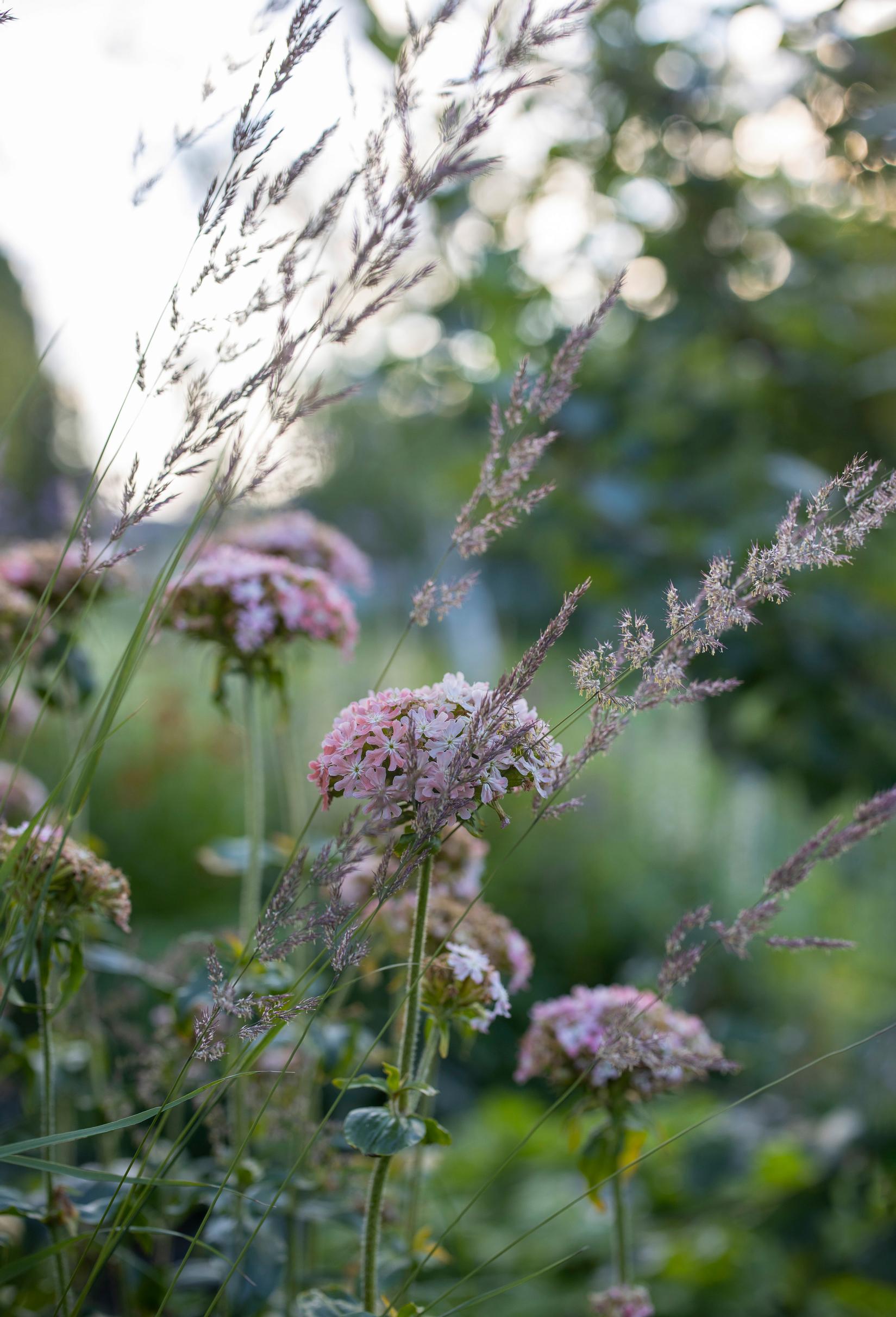
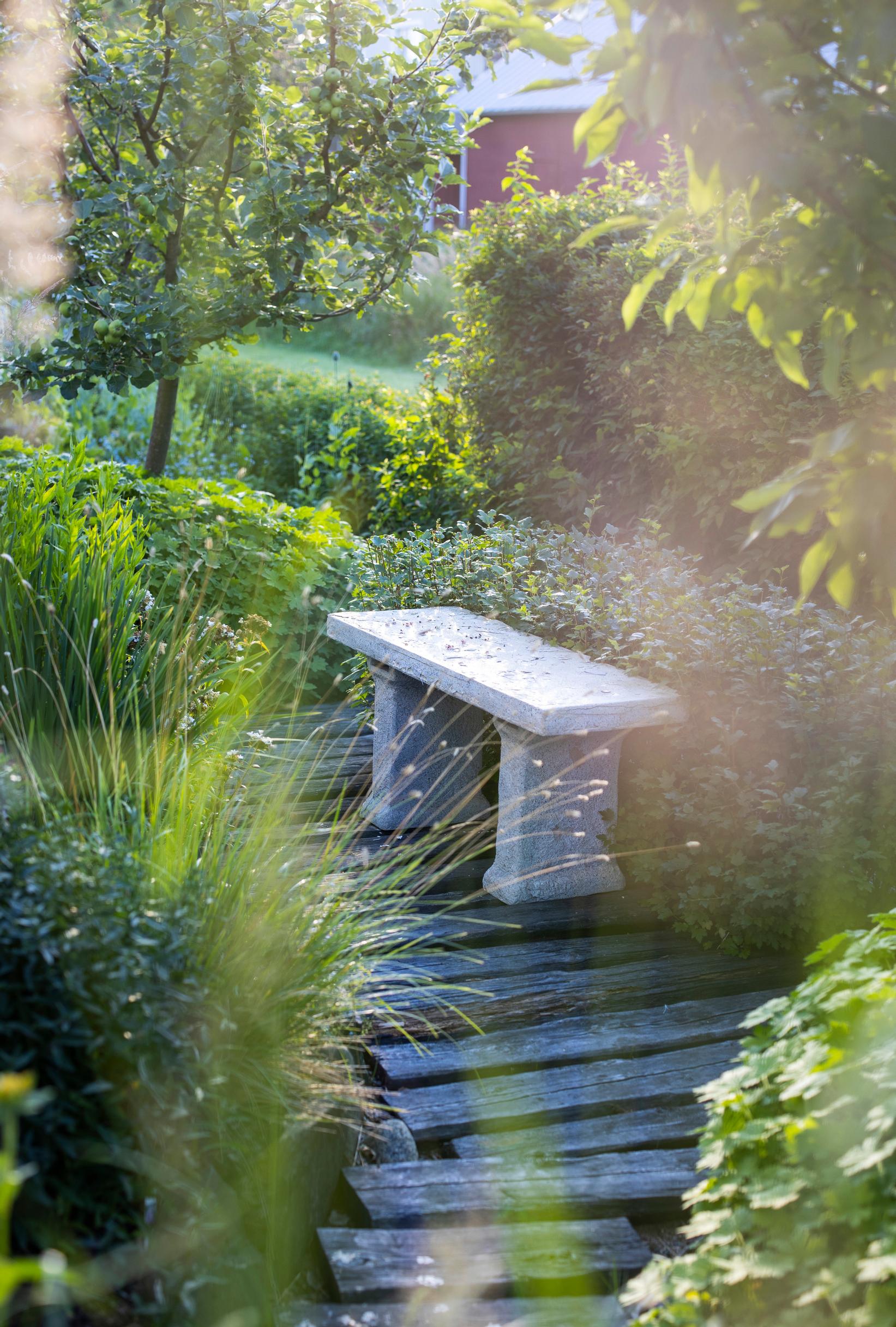
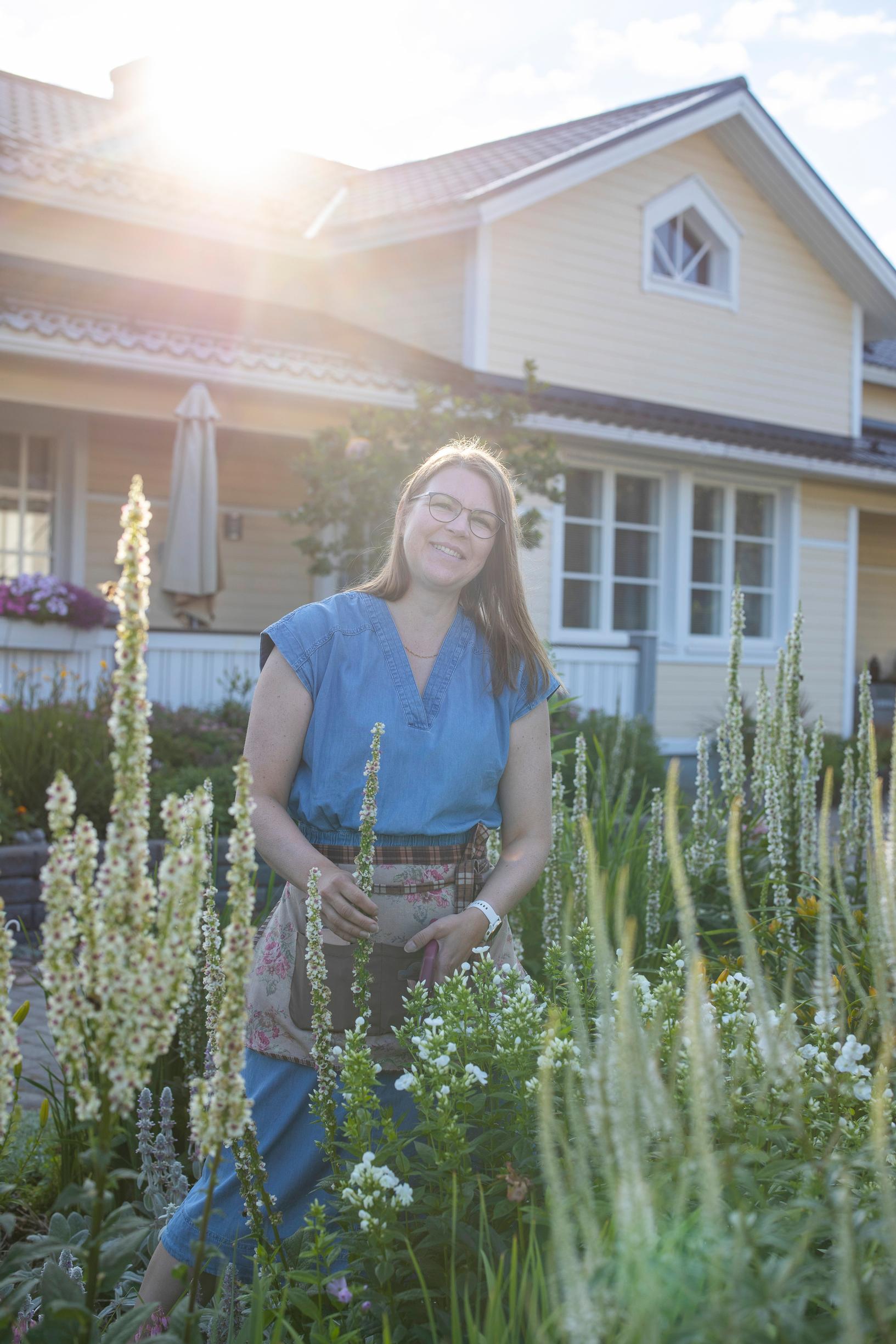
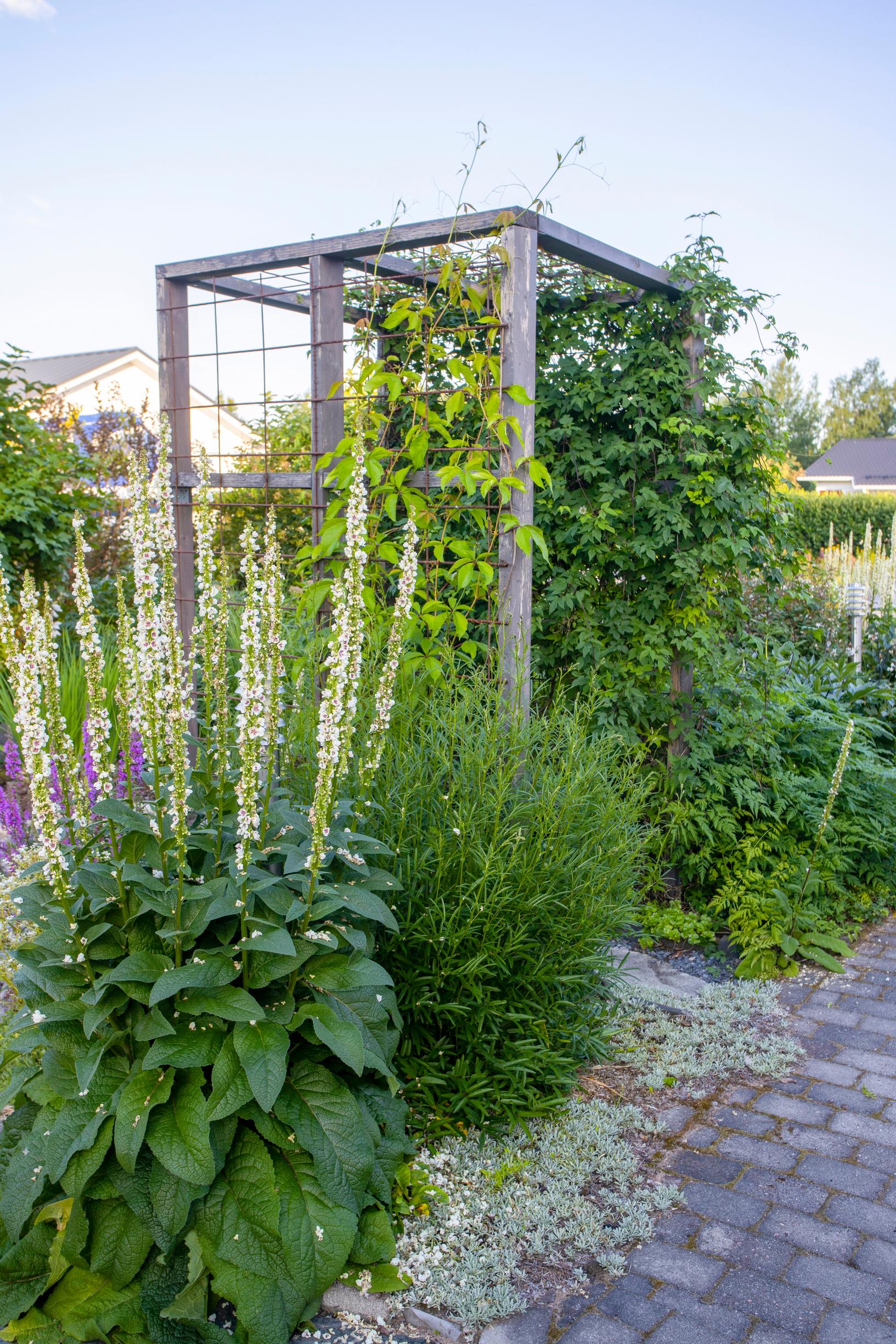
Heli’s tips for an engaging garden
1. Help them through winter
Use an autumn fertilizer to help plants overwinter. In northern Finland, spread it in late July; in more southern areas, in August. Rake leaves around them in fall for extra protection.
2. Plant in containers
Container plantings bring variety to garden views. Perennials like hostas or dwarf raspberry varieties do well in pots. In the fall, move them to winter storage or plant them in the ground.
3. Vary your surfaces
Create more interesting views by combining wood, stone, and plants in edges, pathways, and seating areas.
4. Experiment boldly
Even fragile varieties can succeed under the right conditions. Try mixing sensitive plants among the hardy ones, so the beds still look full even if a timid variety fails.


